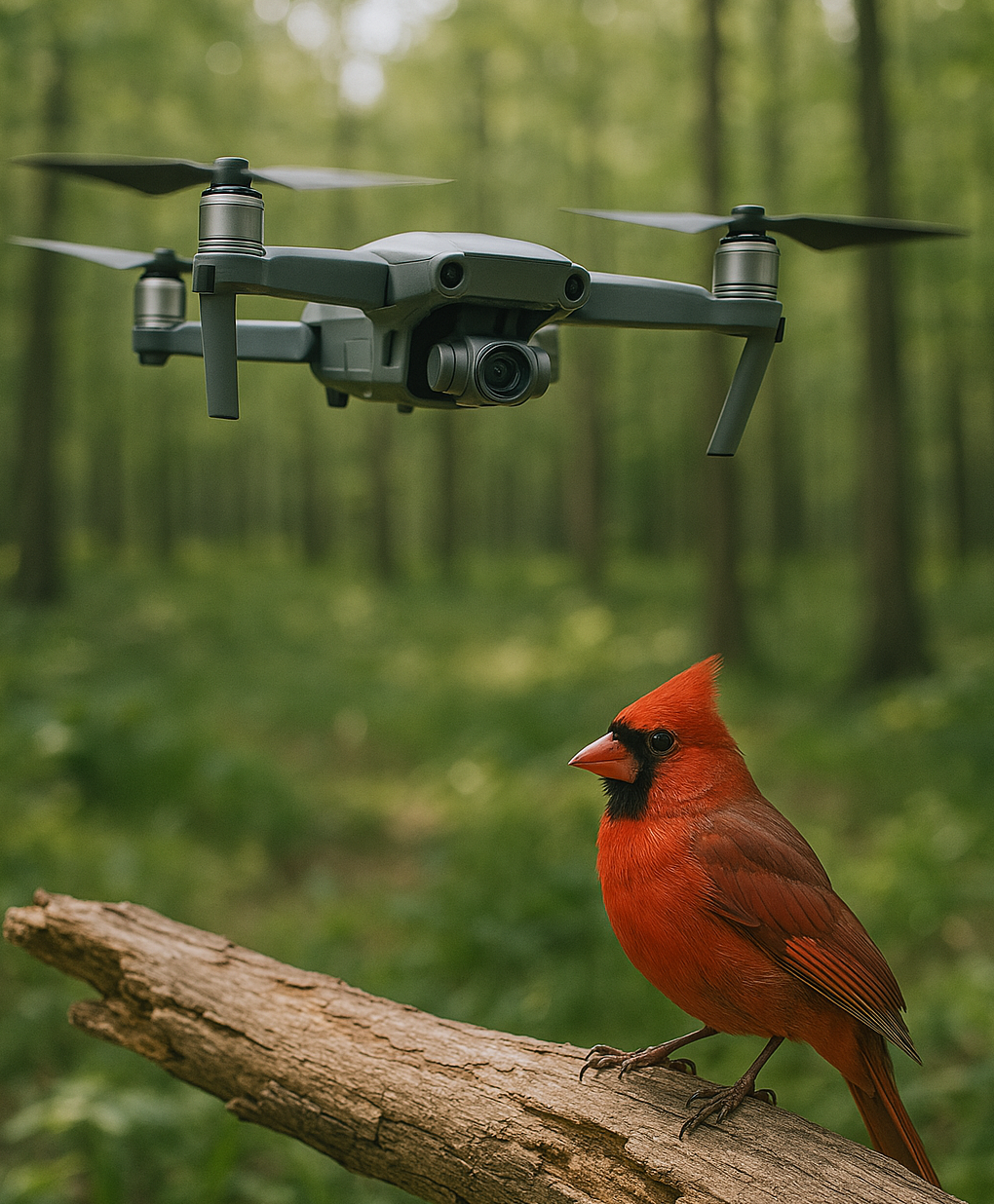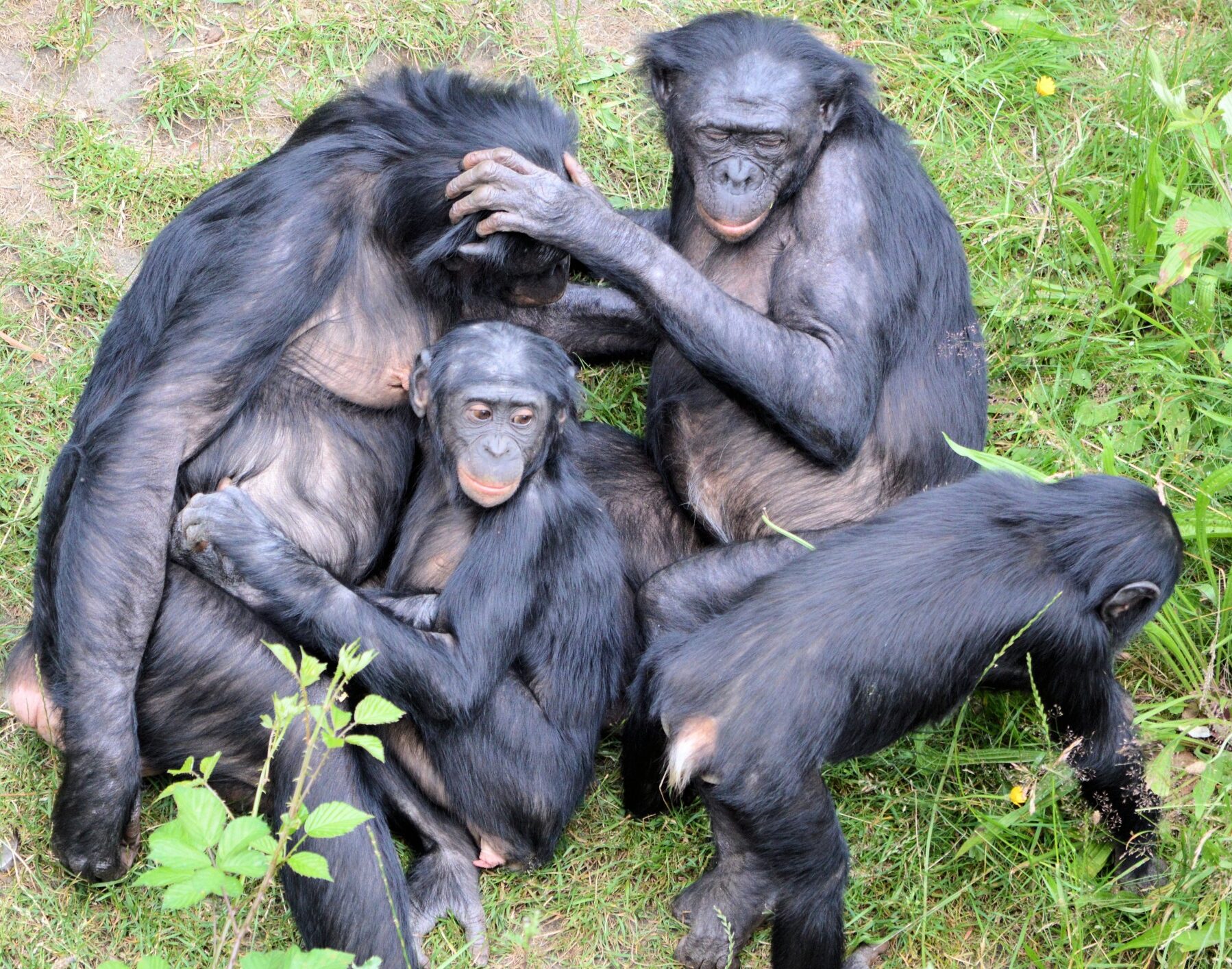Scientists are finding new ways to use drones to study wildlife without getting too close and disturbing the animals. A recent scientific review suggested drone technology has been a big boost for how scientists monitor animal health, behavior, and the environment.
The Challenge of the ‘Air Gap’
One of the biggest challenges in using drones for ecological research is something called the “air gap.” This refers to the distance between a drone and the animals being studied. If a drone flies too far away, it might not collect detailed enough data. But if it gets too close, it could scare the animals and affect their natural behavior.
Because of this problem, researchers often rely on visual observations, such as checking an animal’s body condition or size. However, scientists are now working on ways to modify drones or combine them with other tools to collect more detailed data from a safe distance.

How New Drone Technology Helps
To overcome the air gap challenge, scientists are developing drones that can work with external sampling tools. These improved drones can measure things like body temperature, stress levels, and overall health without needing to be right next to the animal. This allows researchers to gather more accurate information while keeping wildlife safe and undisturbed.
By using these advanced methods, scientists can collect multiple types of data at once. This helps them better understand animal health and how different species respond to environmental changes.
A New Future for Wildlife Research
These advancements in drone technology could help with conservation efforts, tracking endangered species, and studying how animals react to climate change. Researchers hope that by improving drones, they will be able to gather better data without disrupting natural ecosystems.
As technology continues to improve, drones may play an even bigger role in helping scientists learn about and protect wildlife.
***
“Closing the air gap: the use of drones for studying wildlife ecophysiology,” Yaney-Keller et al. Biological Reviews (2025).








